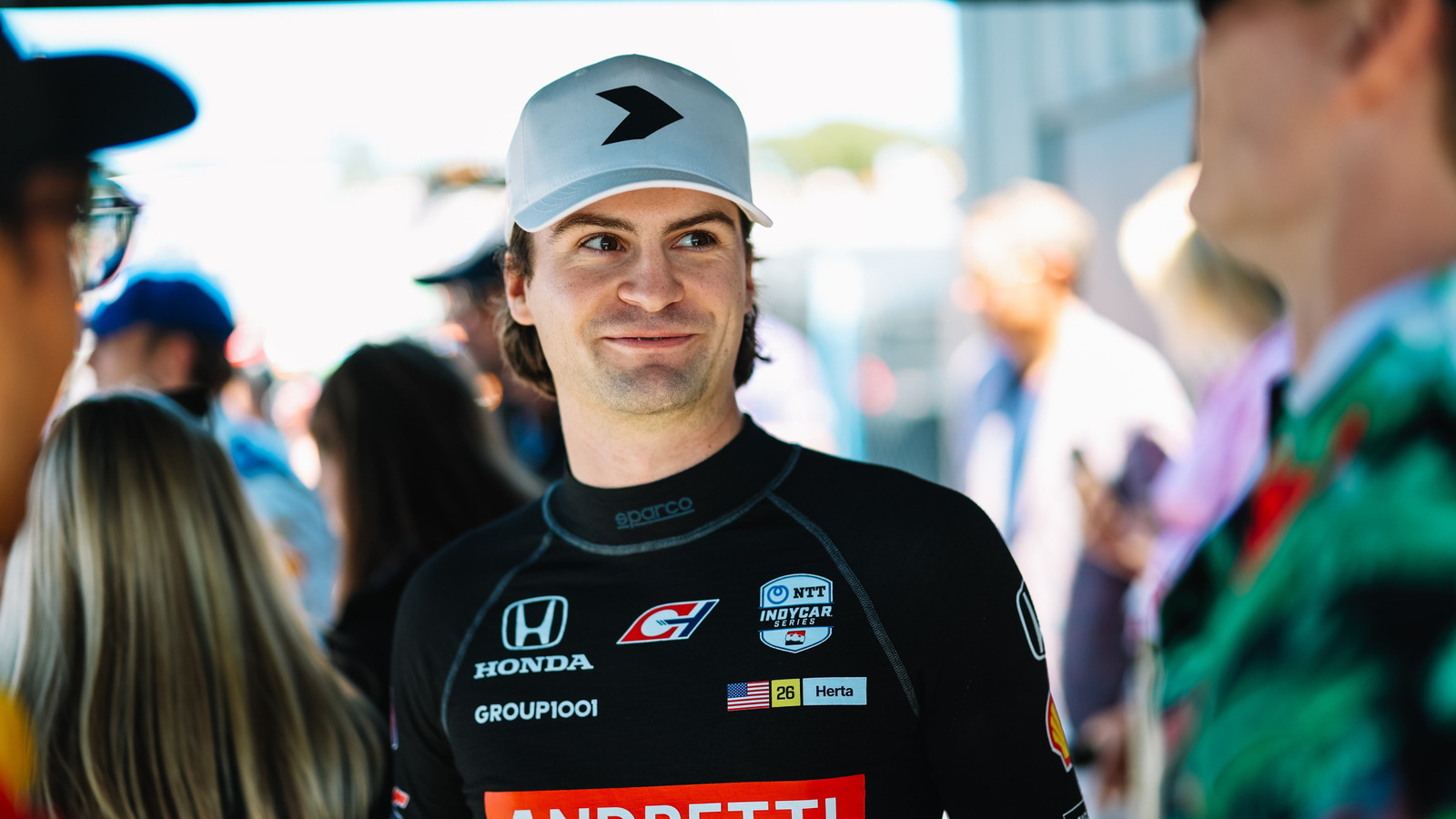Why Is Colton Herta Racing in Europe for 2026?
Colton Herta’s name has been buzzing in motorsport circles for a while, but his latest move is raising eyebrows for all the right reasons. While he’s already established himself as a top-tier driver in the U.S., Herta is now setting his sights on Europe for the 2026 season. The goal? To compete in Formula 2 and finally secure that elusive FIA Super License—his ticket to Formula 1.
Why not just stick with IndyCar, where he’s already a star? The answer boils down to the strict requirements of the FIA Super License system. Despite Herta’s impressive performances stateside, the points system heavily favors drivers who compete in European feeder series like Formula 2. It’s a classic case of “if you can’t beat the system, join it.” By racing in F2, Herta is aligning himself with the path most F1 teams expect their future drivers to take.
What Does an FIA Super License Actually Require?
If you’ve ever wondered why so many talented drivers don’t make it to F1, the Super License is often the culprit. The FIA requires drivers to accumulate at least 40 points over a three-year period, with the bulk of those points coming from results in specific series. Formula 2 is the gold standard—win the championship, and you’re almost guaranteed enough points.
IndyCar does offer Super License points, but not at the same rate as F2. For example, the IndyCar champion earns 40 points, but finishing lower in the standings yields far fewer. In contrast, F2’s structure rewards consistency and top finishes more generously. Herta’s move is a calculated one, designed to maximize his chances of meeting the FIA’s criteria without leaving anything to chance.
How Does Herta’s Testing Role Fit Into the Bigger Picture?
While Herta is gearing up for a full season in Europe, he’s not stepping away from his development duties. He’s been tapped as a test and development driver for Cadillac’s F1 program—a role that’s as much about learning as it is about showcasing his talent. This dual approach is smart. Not only does it keep him sharp and in the F1 conversation, but it also gives him invaluable experience with the latest F1 technology and team dynamics.
Think of it like a two-pronged attack: race in F2 to rack up points and prove himself against Europe’s best, while also working behind the scenes with an F1 team to build relationships and technical know-how. It’s a strategy that’s paid off for other drivers in the past, and Herta’s betting it’ll work for him too.
What Are the Real-World Challenges of Racing in Europe?
Switching continents isn’t just about new tracks and different cars. There’s a whole cultural shift at play. European racing is famously cutthroat, with drivers from all over the world fighting for a handful of F1 seats. The travel schedule is relentless, the weather unpredictable, and the pressure to perform is sky-high.
Herta will also have to adapt to the unique demands of F2 machinery—cars that handle differently from IndyCars, with less power but more emphasis on precision and tire management. It’s a steep learning curve, but one that’s essential if he wants to prove he’s F1 material. And let’s not forget the off-track adjustments: new languages, unfamiliar cities, and the challenge of being away from home for months at a time.
Is This the Best Path to Formula 1 for American Drivers?
Historically, American drivers have struggled to break into F1, largely due to the Super License system and the insular nature of European racing. But Herta’s approach is refreshingly pragmatic. By embracing the European ladder, he’s sending a clear message: he’s willing to do whatever it takes to earn his shot.
Recent data backs up this approach. According to the FIA, more than 80% of current F1 drivers came through F2 or its predecessor, GP2. The system is designed to funnel talent through these series, making Herta’s move not just logical, but almost necessary. It’s a blueprint that other American hopefuls may soon follow.
What Can Fans Expect From Herta’s European Adventure?
If you’re a Herta fan, buckle up. The next couple of years promise to be a wild ride. Expect to see him battling wheel-to-wheel with some of the most promising young drivers in the world, all while juggling his responsibilities as a test driver for Cadillac’s F1 effort. It’s a lot to take on, but if anyone’s up for the challenge, it’s Herta.
There’s also the potential ripple effect for American motorsport. If Herta succeeds, he could open doors for other U.S. drivers, proving that the path to F1 is tough, but not impossible. It’s the kind of story that could inspire a new generation of racers to dream bigger—and work smarter.
The big takeaway? Breaking into Formula 1 isn’t about perfection—it’s about smarter adjustments. Start with one change this week, and you’ll likely spot the difference by month’s end.


